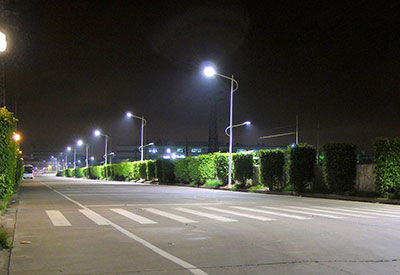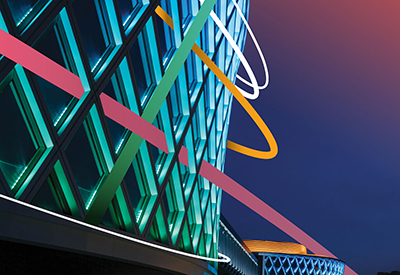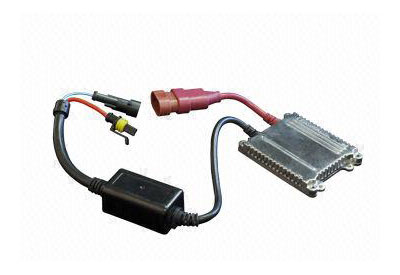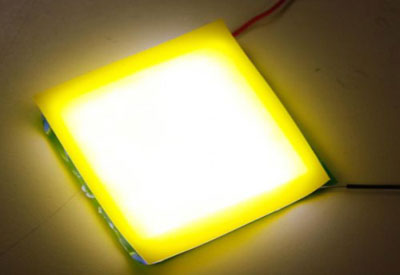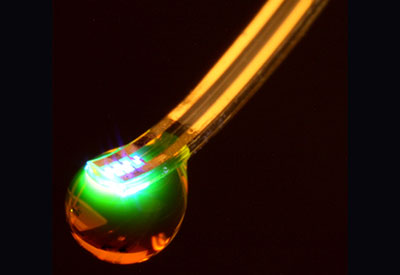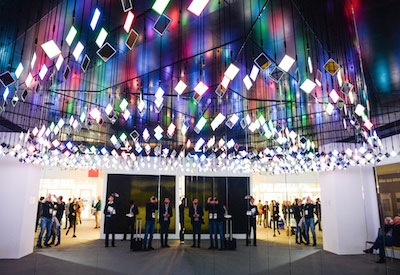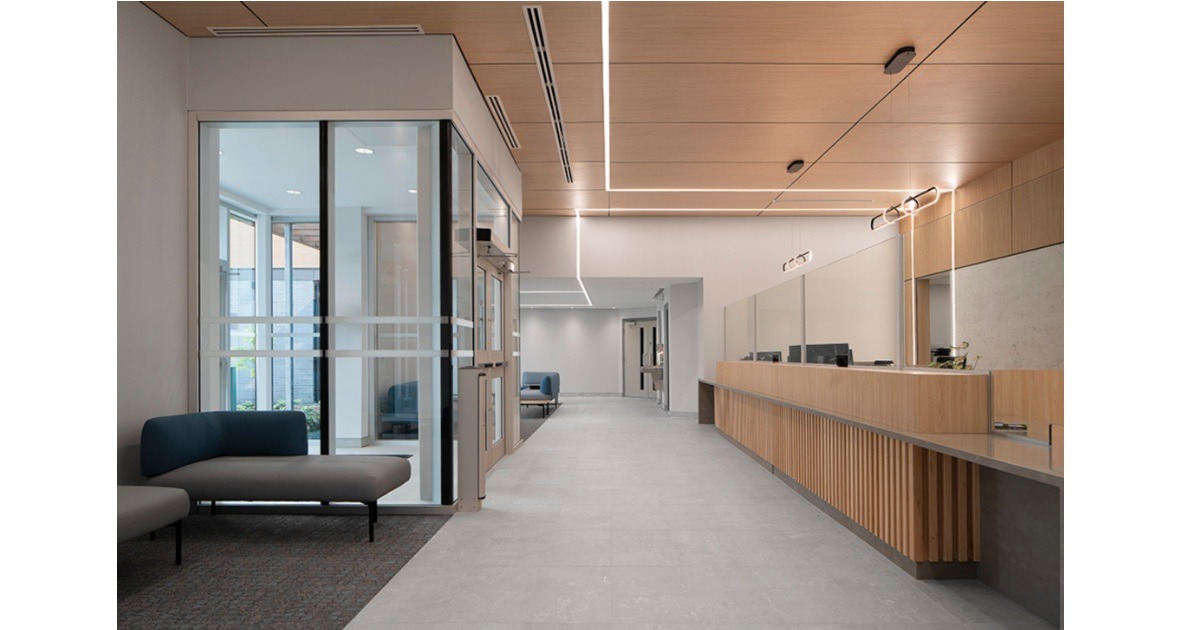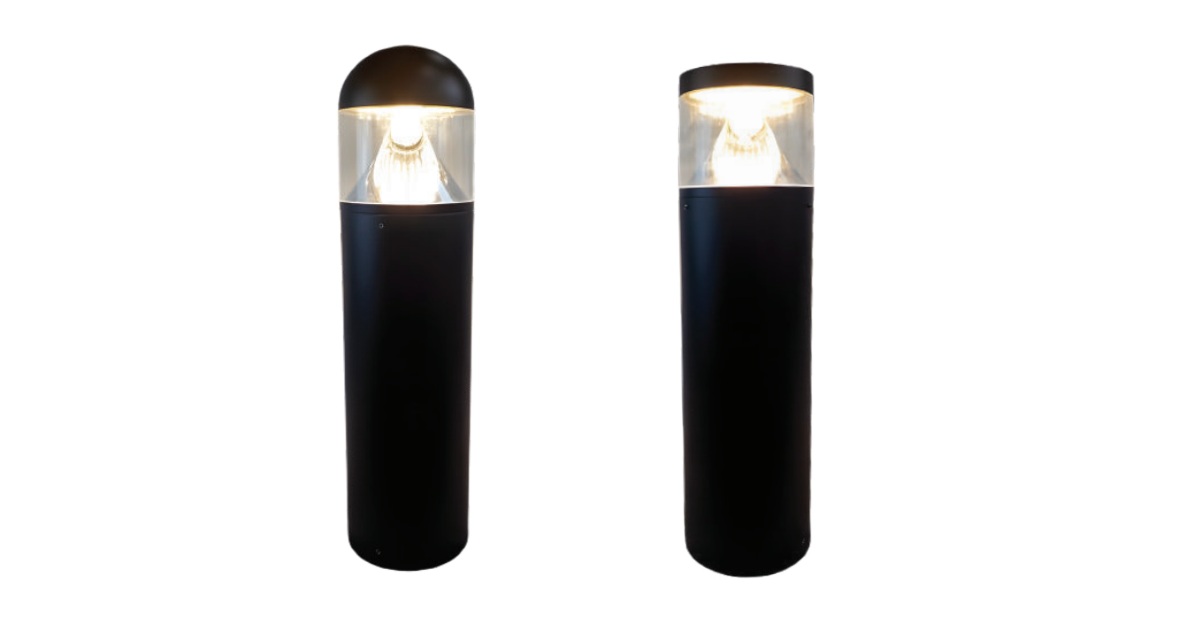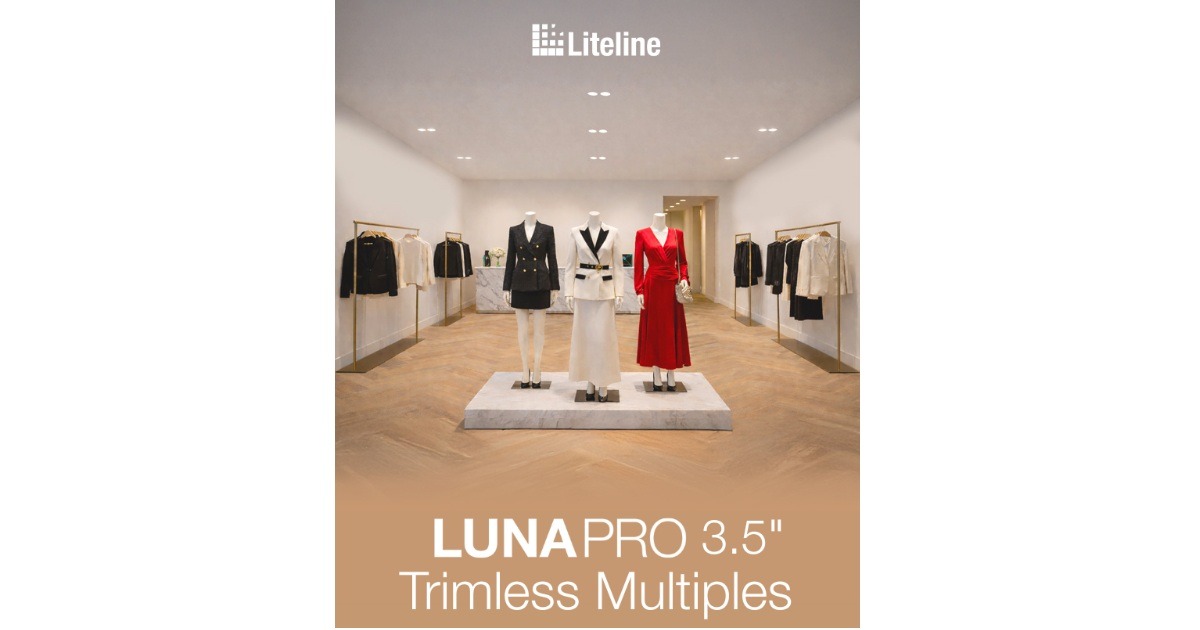Steve Mesh Talks Programmable LED Drivers
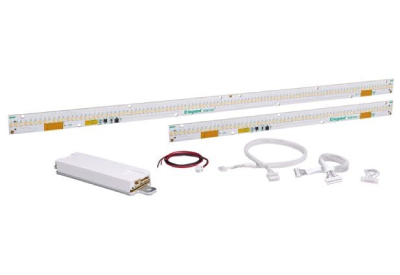
Dec 8, 2020
By Steve Mesh
Some of the recent blog posts have described different components in Networked Lighting Control (NLC) systems. We’ve talked a lot about the building blocks that are needed to create lighting systems that feature some kind of ability to change colors – either “dim-to-warm,” “tunable-white,” or even “full color-changing (RGB)” type systems.
As a quick review, in order to have a lighting system that allows for some kind of color changing, you need the following components:
- Multiple LED arrays (light engines) with different colored LEDs … or arrays with multiple sets of LEDs … or arrays that use LEDs all of which have separately addressable dies contained within them.
- One or more drivers. For “tunable-white” systems – if “single-channel” drivers are used, then you would need at least two drivers (one to drive each of the two colors); multi-channel drivers are now available that allow you to control two separate sets of LED arrays using a single driver.
- Controls – some sort of user interface is required to allow you to select the color you want from the LED array(s). Although it’s possible with certain systems to use multiple analog devices (such as two 0-10V dimmers) to control intensity and CCT in a tunable-white system, there are drawbacks to this as described in previous blog posts.
- Brains – something in the system has to have enough intelligence to take the user input and then tell everything else what to do. These brains may be incorporated directly into controls, or they may be in separate components installed in luminaires. Regardless of where they are located, some kind of brain(s) must be in a system designed to allow for complex functionality such as color changing.
- In systems designed for “full color-changing” (RGB), other types of drivers and controls are necessary – and they are used to control LED arrays (light engines) with at least three primaries (colors), and sometimes more. These drivers and their associated controls are different than those required for tunable-white light, which typically only address two separate channels of LED primaries.
One of the subjects we haven’t yet covered in detail is LED drivers. Because of new features provided by many lighting control systems, such as the ability to change colors, some drivers now available in the market are also “programmable.” What does this mean? And why would you want to use programmable drivers?
Some manufacturers currently provide entire systems that are pre-programmed with certain functionality. For example, systems are available that come with all the building blocks that you need for tunable-white lighting. This includes LED arrays (light engines) with two sets of LED primaries (for example 3000K and 5000K), pre-programmed drivers, and controls to allow you to select the desired CCT and intensity. The below image offered as an example shows a Wattstopper three-primary system that gives you the ability to select CCTs which are all on the blackbody locus in the CIE diagram. Since the manufacturer gives you everything you need, they can pre-program everything into the drivers (and controls) in the factory. All you need to do is to install the equipment, then use the controls to select the desired intensity and CCT.
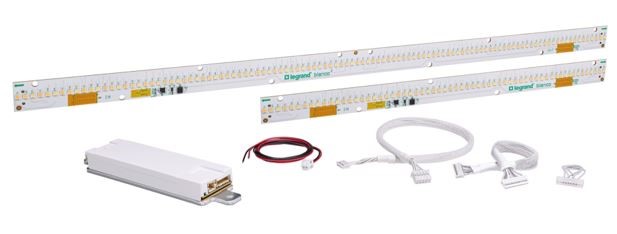
Blanco 2 and Blanco 3 by Wattstopper
However, what happens if you specify luminaires from one vendor and want to use a control system made by another vendor? In that case, the LED drivers are typically shipped to the luminaire vendor who buys them on an OEM basis. How could the driver manufacturer know beforehand what their drivers will be driving? They probably can’t, or don’t. Someone must tell these drivers about the LEDs they will be powering.
Some manufacturers now offer “programmable” drivers that allow you to specify the CCT and current limits at both ends of the spectrum for a two-channel system. As a reminder, two-channel systems are those that employ two sets of LED arrays (each with LEDs of different CCTs), or LED arrays with two sets of primaries on the same physical board. These are for “tunable-white” systems. Remember that full color-changing (or “RGB”) systems require that you control three (or more) sets of primaries. So, two-channel systems are only for tunable-white purposes – to allow you to select colors between 3000-5000K, or perhaps 2700-6500K, for example.
When these tunable-white multi-channel drivers are shipped from a driver manufacturer on an OEM basis to a luminaire manufacturer, the driver manufacturer doesn’t know what types of LED arrays they will be powering. So, some driver manufacturers have developed methods to allow luminaire manufacturers (or others) to set certain parameters themselves, which give us the programmable driver. In a multi-channel (2-channel) tunable-white driver, someone has to specify the upper and lower limits of CCTs based on the LED arrays they will be driving. It’s also necessary to specify the secondary current at both ends of the spectrum. If you recall from a previous blog post, you can’t just drive two separate sets of LED arrays to the maximum – because you’ll never be able to achieve the same output at any other CCT other than the one in the middle of the spectrum. So, the drivers need to know what the current draw is at both ends of the spectrum so the system can determine appropriate limitations. That allows you to achieve the same maximum output at any CCT.
In some cases, these programmable drivers use a proprietary protocol to communicate with associated controls, such as Lutron’s T-Series. Lutron sells a device that is similar to a charging pad for a mobile phone. However, in this case, it’s transmitting information to the driver via radio waves and is not used for charging! You place one end of the driver directly on the pad, and you use a software interface from your computer to transmit the appropriate variables to the driver for the LED arrays you plan to use. This can be used by a luminaire vendor so that they can program the drivers based on whatever LED arrays they are using in any product.
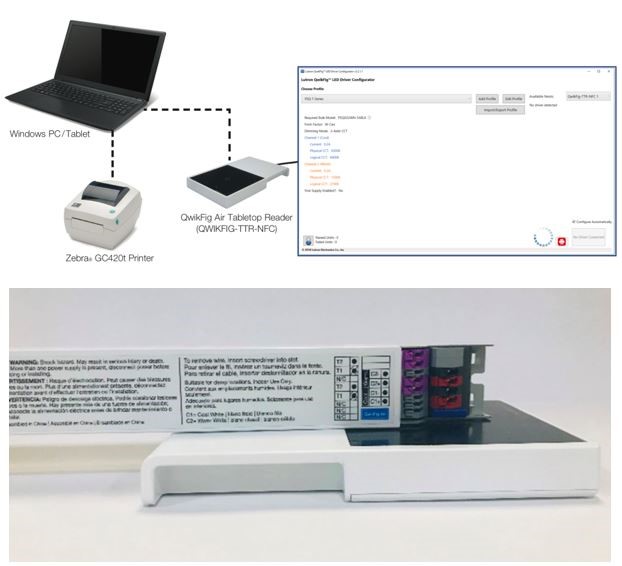
Lutron T-series programmable drivers
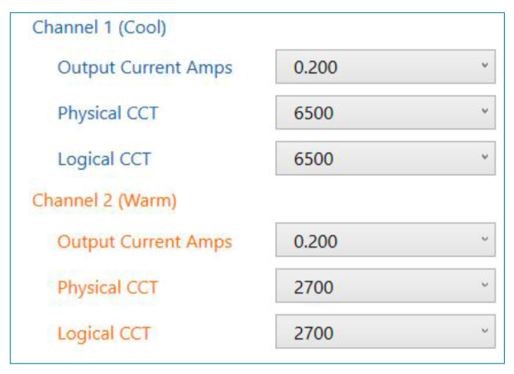
In other cases, programmable drivers actually use open protocols such as DALI (Digital Addressable Lighting Interface). I think you can see that the issue of “programmability” is separate from the issue of the protocol the driver uses to communicate with controls. This allows you to specify LED arrays and luminaires from one vendor, drivers from another, and controls from yet another. This may give you more choices, but there are also more players in case something goes wrong. If you use drivers with a proprietary protocol used with associated control systems designed to work with those drivers, then you’ve eliminated one of the players in the process.
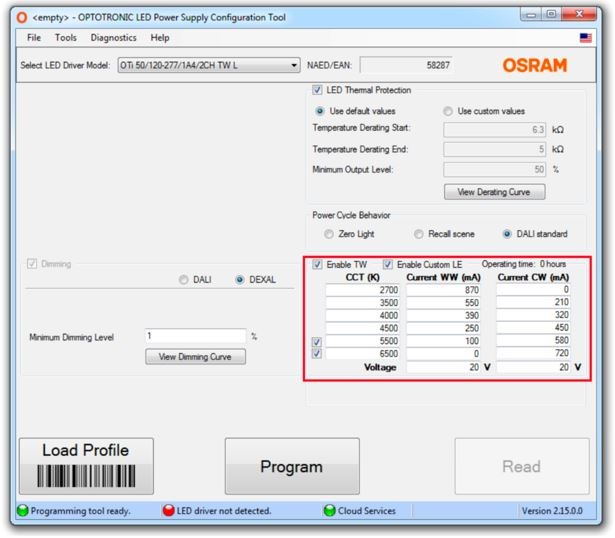
OSRAM TW-series DALI drivers
Now that vendors are starting to offer some degree of programmability in their drivers, they are beginning to incorporate even more features into these products. So, besides offering the ability to specify CCTs and drive currents at both ends of the spectrum for multi-channel tunable-white drivers, some have started to incorporate the following programmable features as well:
- Power cycle behavior – this allows the user to decide what happens when the power cycles off and then on again. For example, you can set the drivers to remain off, or you can set them to recall a specific scene (or light level), or you can set them to follow a DALI standard for such behavior.
- Minimum light output – you can set a minimum light output from the LED array. In some cases, light from LEDs drops out at low levels. This is essentially “low-end” trim that will help you avoid this problem.
- Different operating modes for DALI drivers – the low-voltage DALI bus requires a power supply. In a large space, specifying/purchasing/installing a separate DALI power supply for the low-voltage DALI network bus isn’t a big deal. However, that may be significantly more onerous in a smaller space. So at least one manufacturer allows you to use their drivers in a mode in which the driver itself supplies enough power for a limited number of components. Or you can program it to be used “normally” (meaning that you use a separate power supply and don’t need the driver to provide power to the DALI bus).
As they say – with great power comes great responsibility. There is a lot of power in the complexity of these recent driver offerings. But the responsibility is yours to understand what these manufacturers are offering, then figure out where, when and why you may want to use them. Hopefully they will add lots of great value to your projects going forward.
Published with the written permission of Lighting Controls Association
This article was first published at: lightingcontrolsassociation.org
Steven Mesh is an award-winning lighting designer who has designed lighting and control systems for a variety of project types (commercial, museums, schools, residential, restaurants, retail, historic, healthcare, etc.). As an educator, he has taught classes and given presentations about lighting and controls across North America and internationally. One of his is developing lighting and lighting controls courses that rely on hands-on and/or interactive content.

